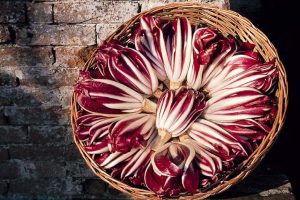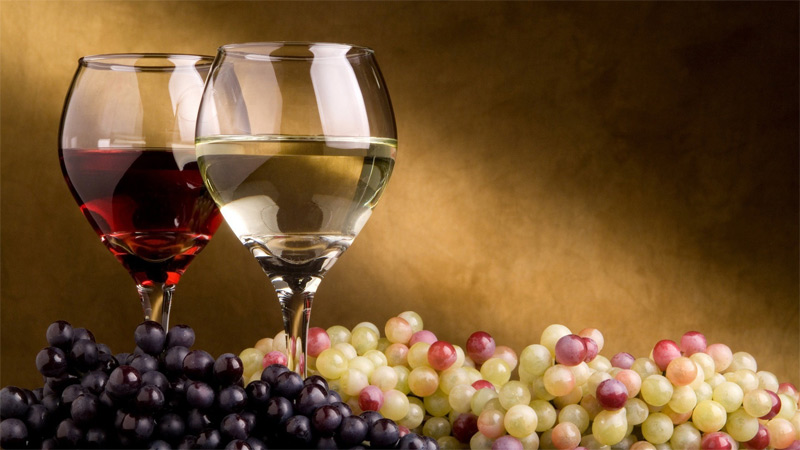The taste of traditions
Of that farming world that Bepi knew, very little remains. Those who worked the land have chosen different paths, and progress has brought both wealth and loss of identity. Little or nothing remains of the traditions and he who witnessed an era that has faded can now only rely on his memories.
“I have a lot of memories. For example the untarred dusty roads, with all the flying dust as the cars drove along them. Tar arrived later and changed the landscape completely. ere are also my memories of the food.
In Prà dei Cai, cultivated fields of grass and fodder, the shepherds bred goats and sheep to make famous pecorino and caprino cheeses from their milk. Flavours that had survived until about fifteen years ago.
There were herds all around the area. Families had their sheep, and they made butter, ricotta and cheese and sold the wool. ere is nothing left now. I can still see the old women who went gathering nettles to feed to their ducks, another important source of food in an economy based on pure survival. They would plunge their calloused hands into the stinging leaves and, despite the pain, they would not stop because nettles made the duck meat tastier and more nourishing.
Ah! If I think of those flavours – young people nowadays don’t know them, and cannot compare them. I can remember the natural flavour of the cherry plums, the sweet figs we left to dry. In the pantry there was always duck conserved in oil or its own fat. If the oil was rancid we didn’t throw it away, and if the wine had turned to vinegar, never mind, we still drank it. Nothing was wasted among us, and given the nature of sharecropping, where the land was assigned according to the number of people in the family, families were very large. ere were about fifty people, adults in children, in the Piccolo family, and they took it in turns to eat, the women standing up, and in summer outside the door with their bowls in their hands. Everyday nourishment was mainly polenta and milk, herrings and wild radicchio, which was very good when it was picked after the first autumn frosts and seasoned with pieces of lard. You can be sure that nobody had high cholesterol in those days, but the peasants suffered from other illnesses due to malnourishment, such as pellagra and scurvy. It was a poor but genuine cuisine, with flavours that have been lost now. My return to the land also has this meaning: recognize that nature is a primary gift, a loving mother who nourishes us. When a person is able to drink and eat every day, then all his problems are solved. We should rediscover this awareness and make the new generations understand it as well.





Leave a Reply
Want to join the discussion?Feel free to contribute!